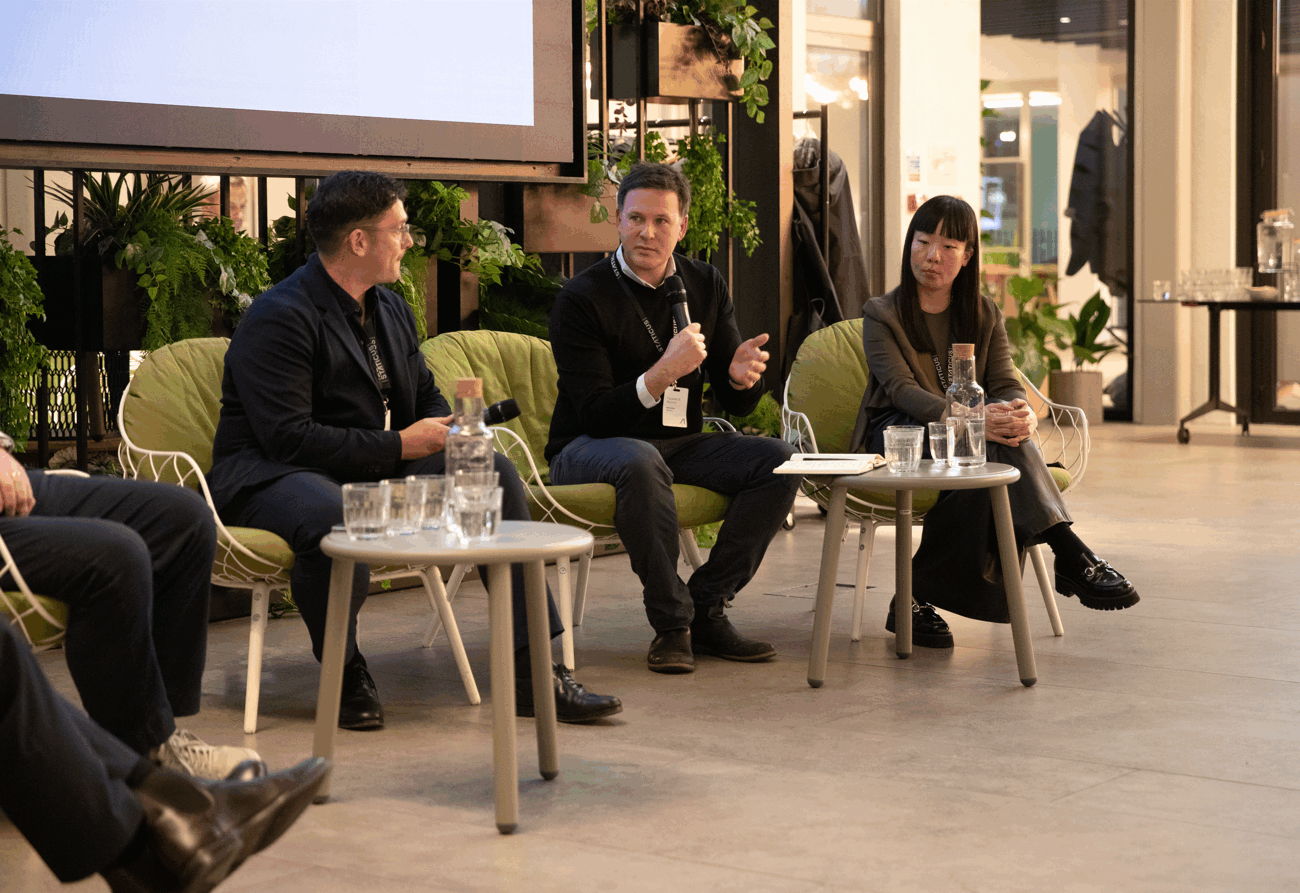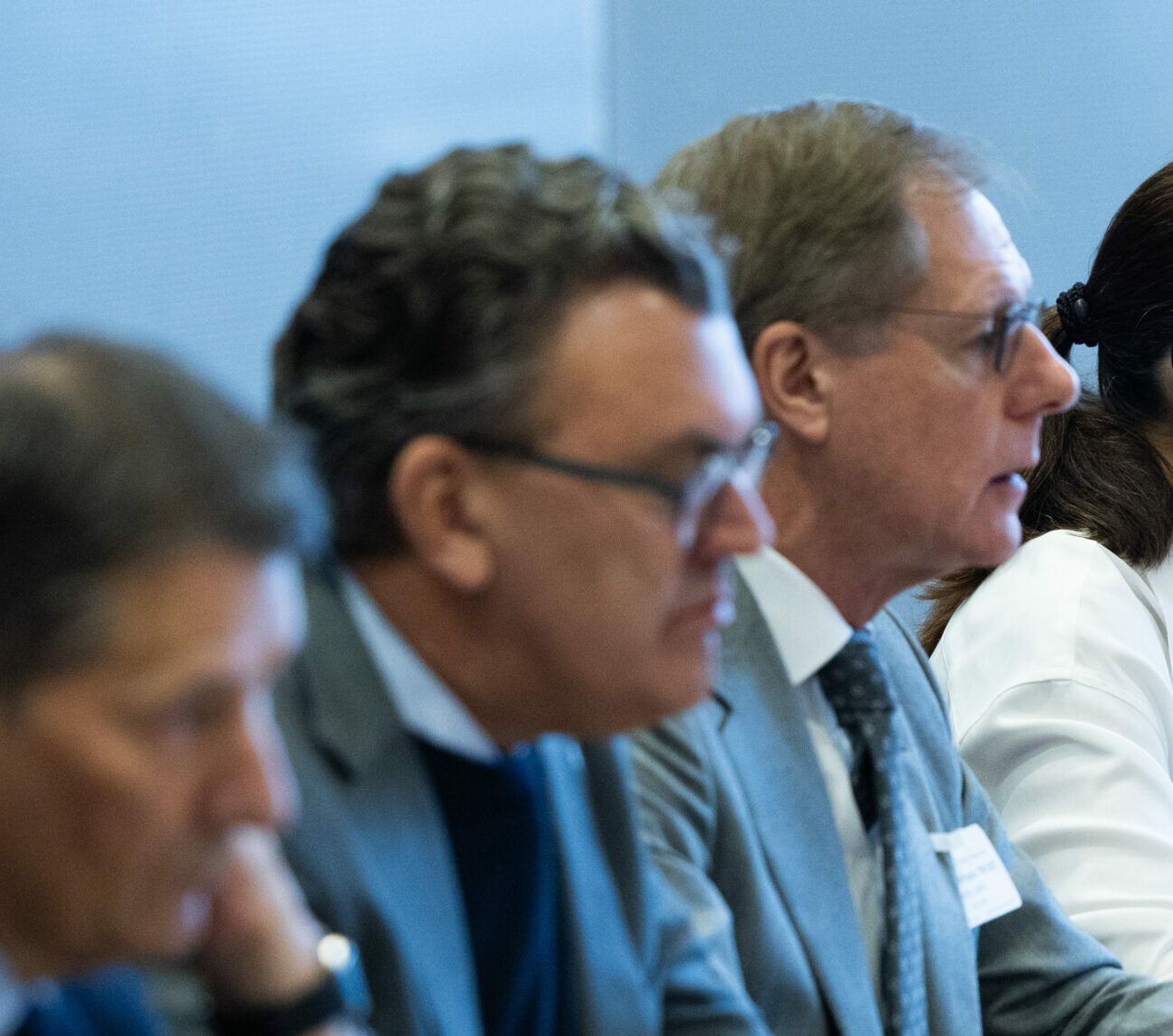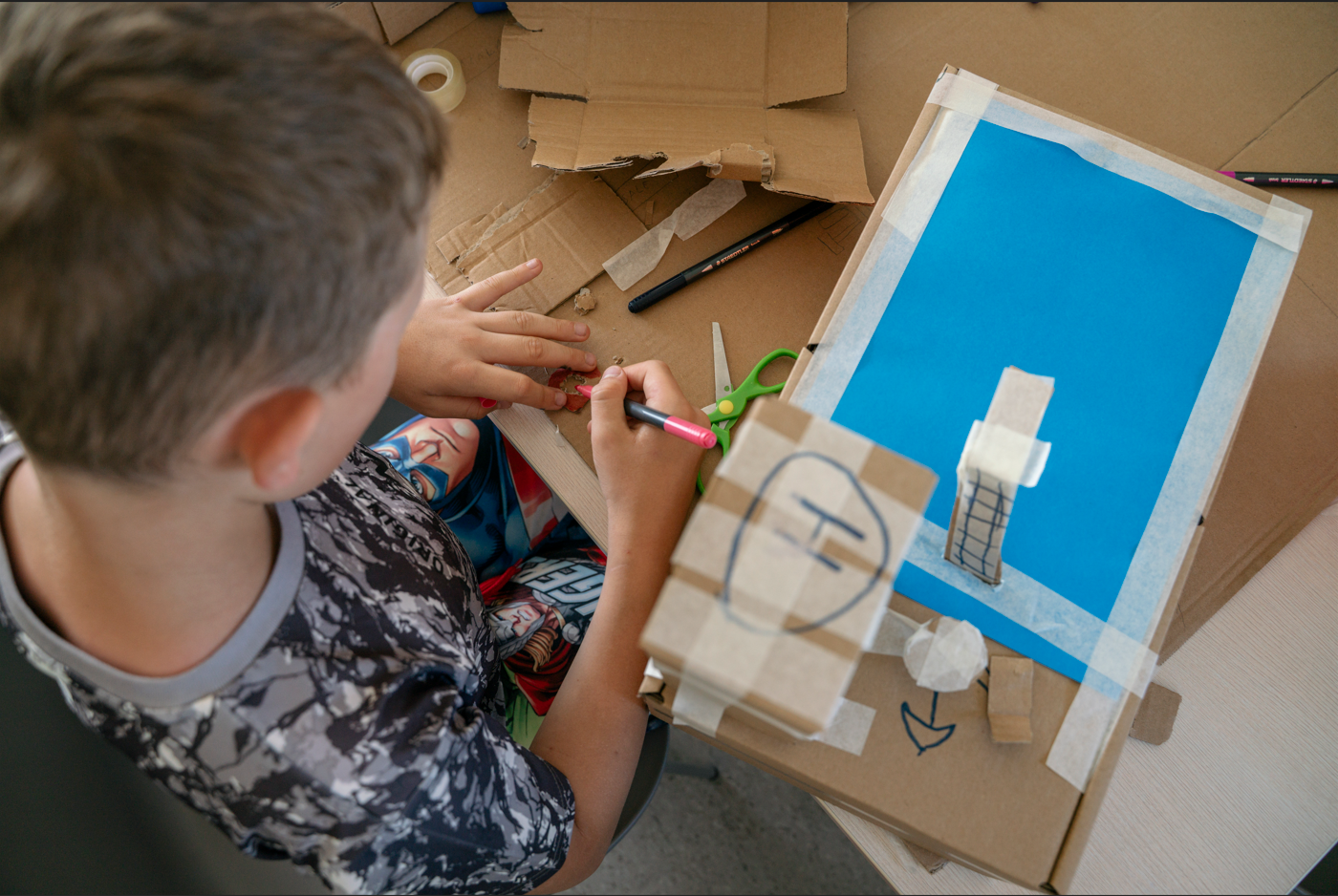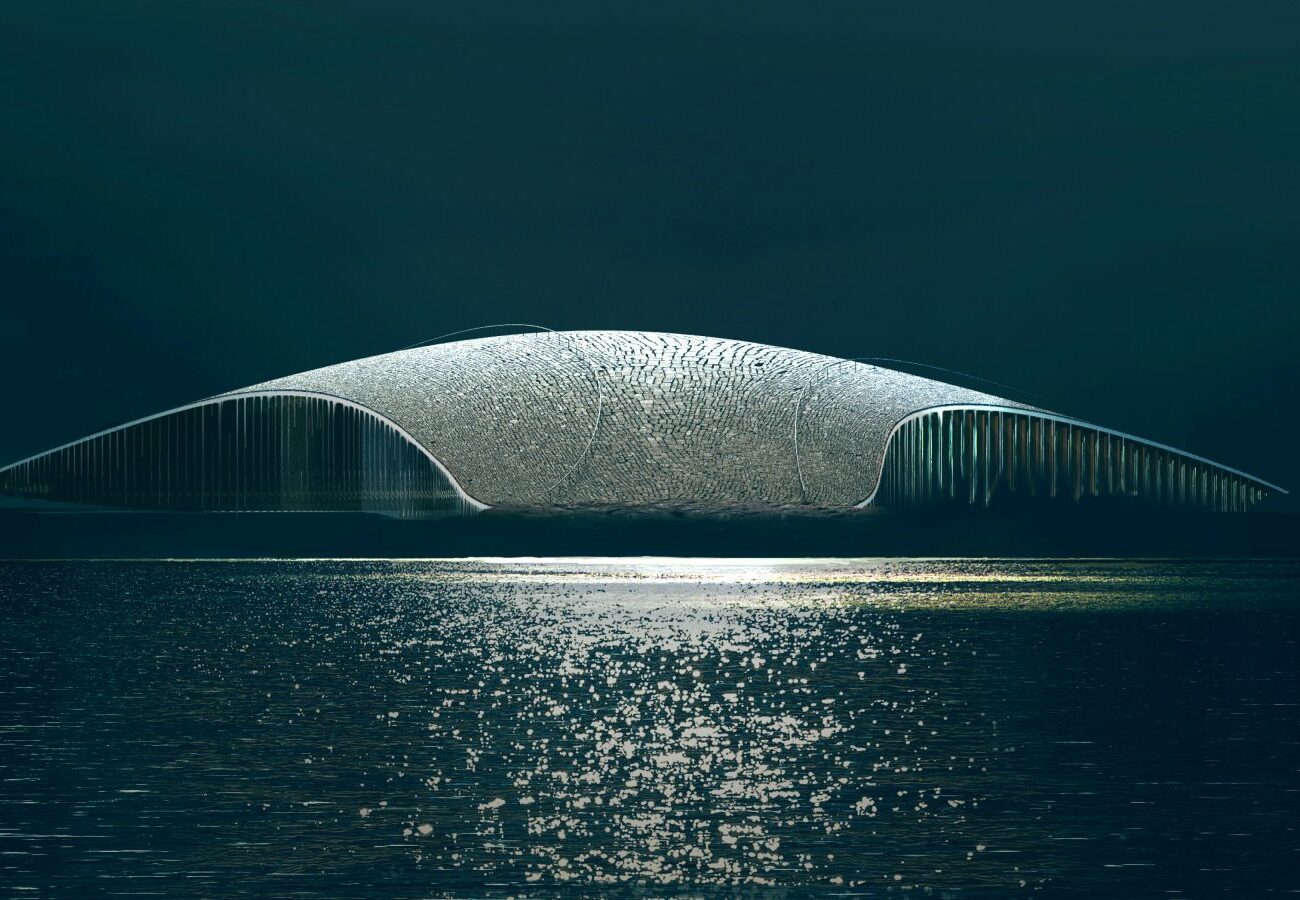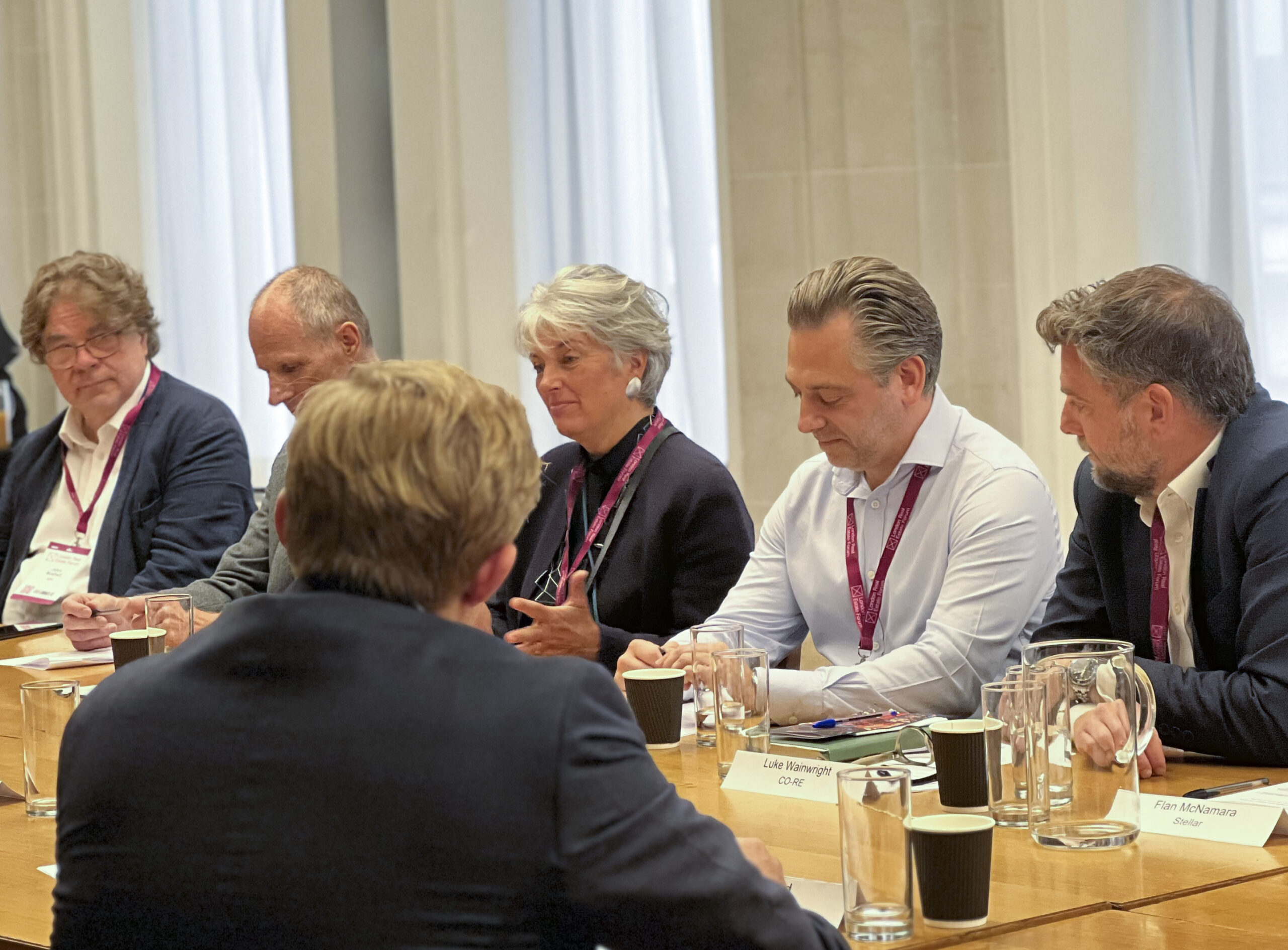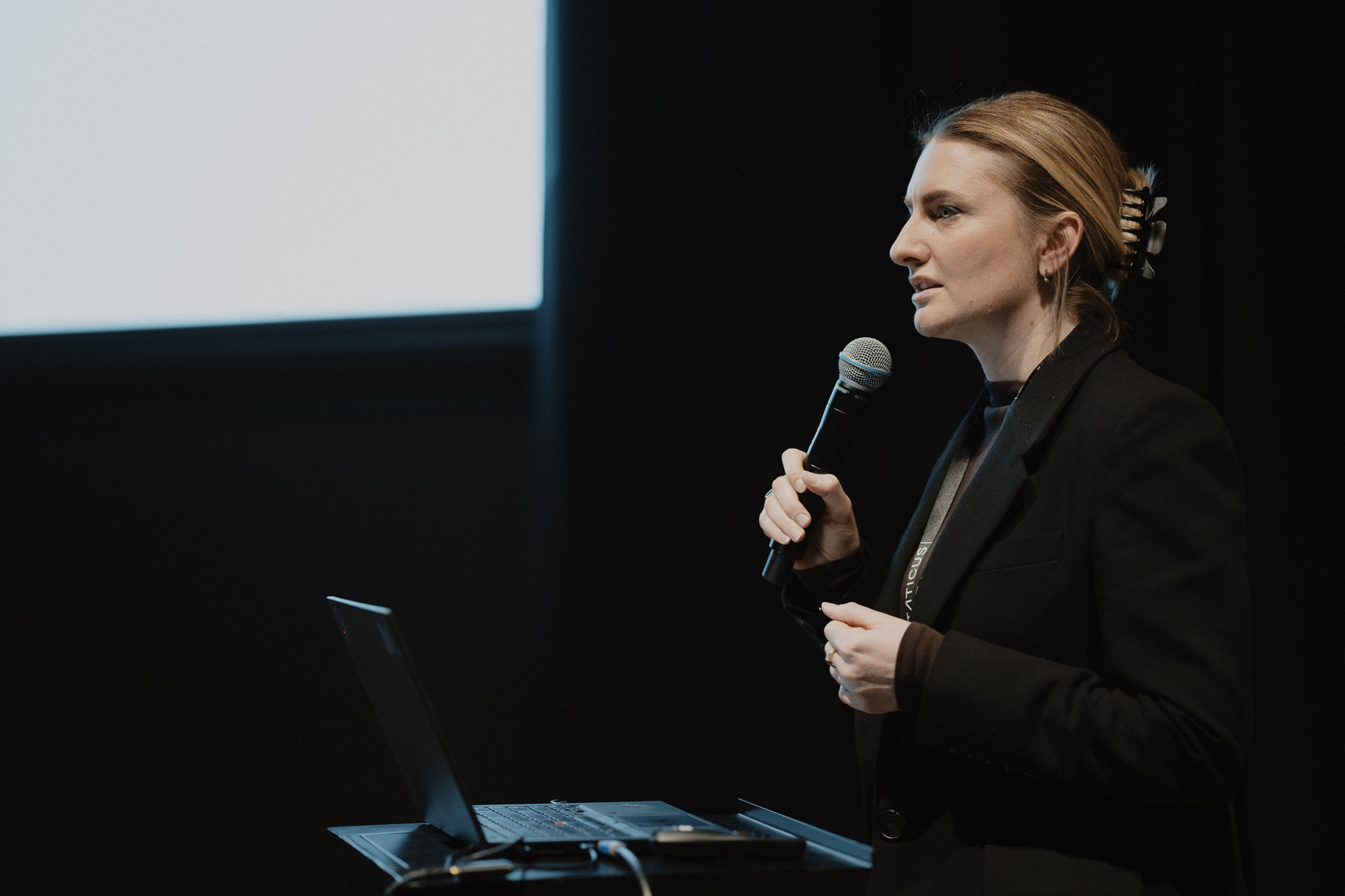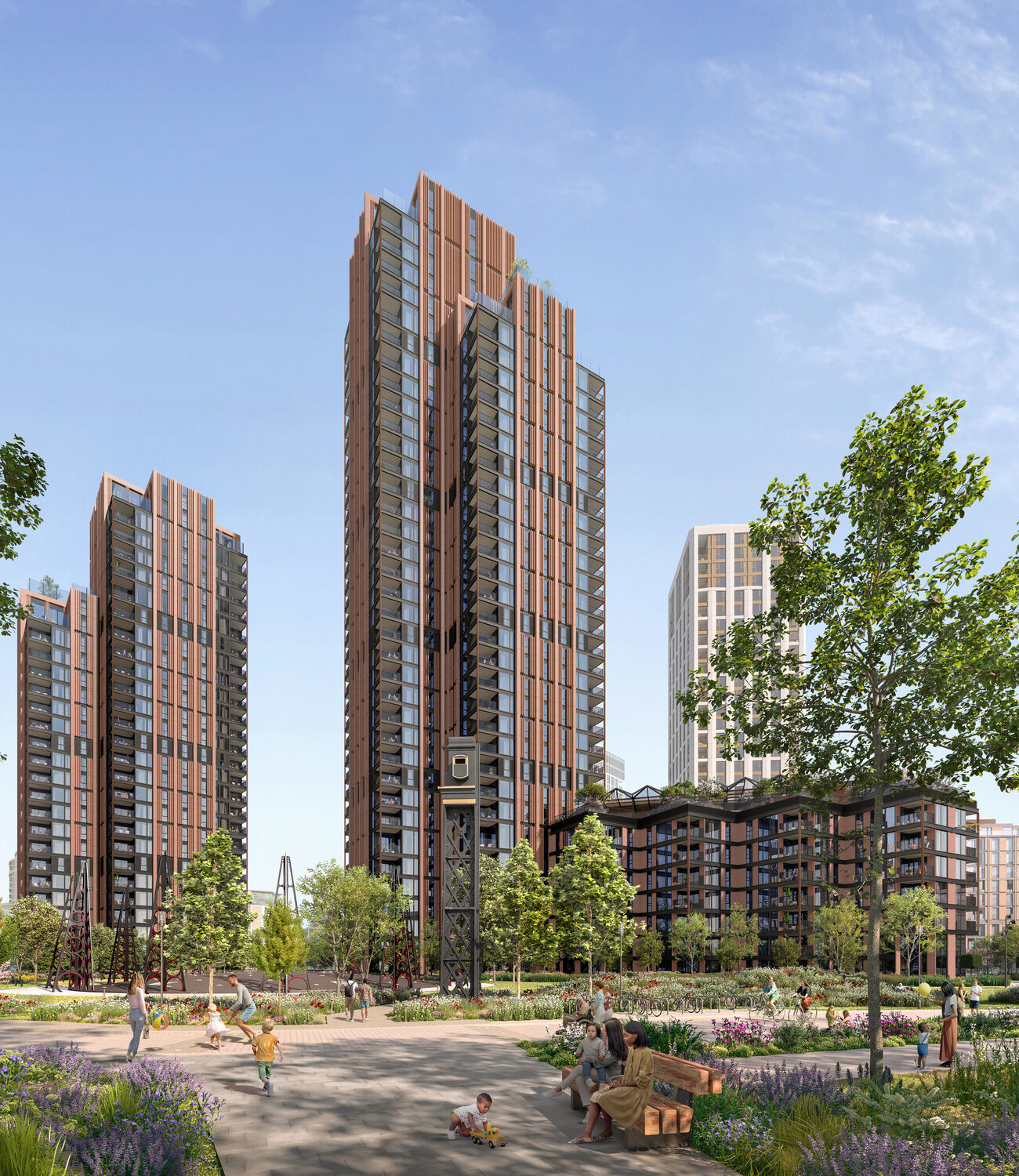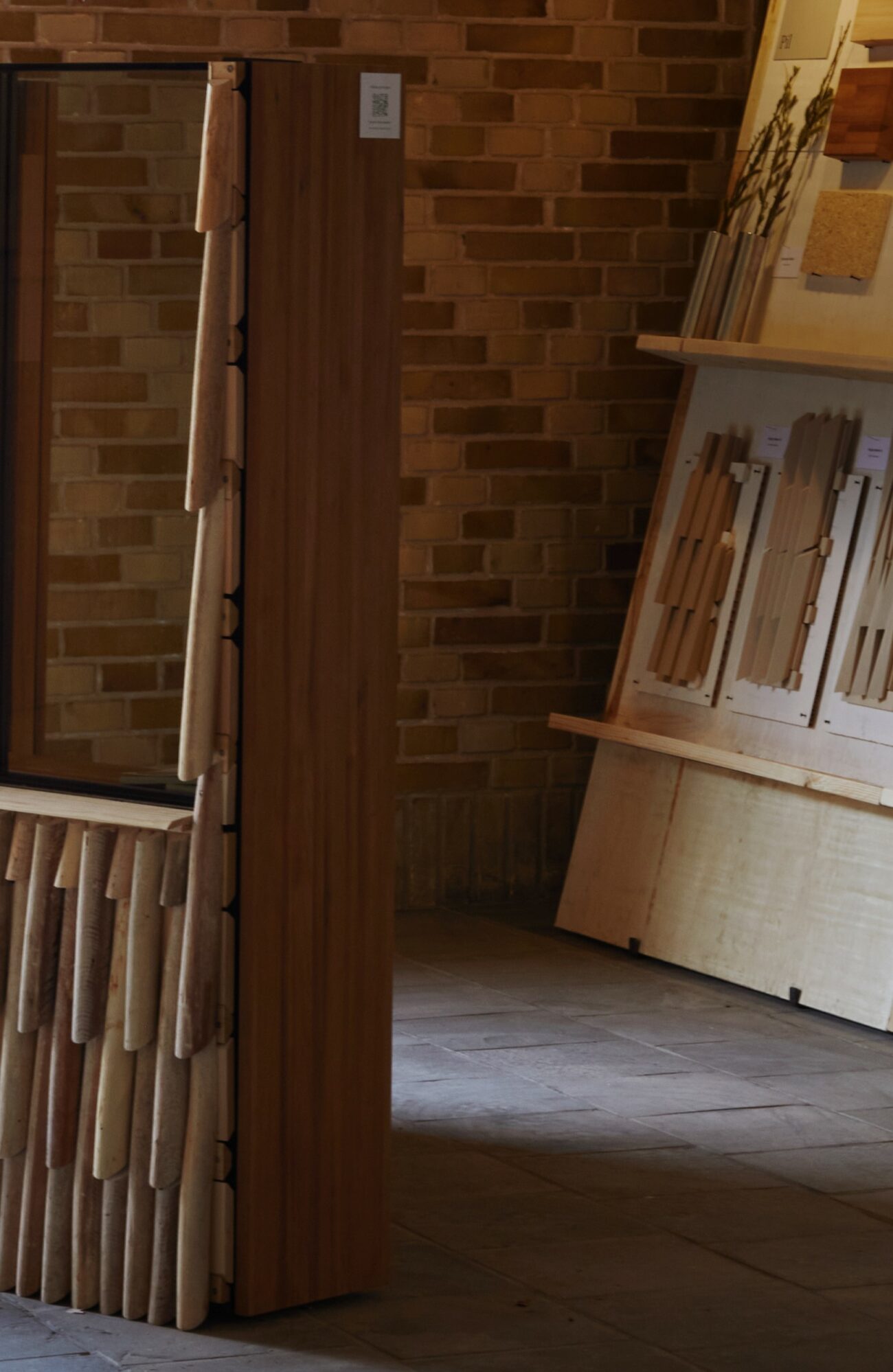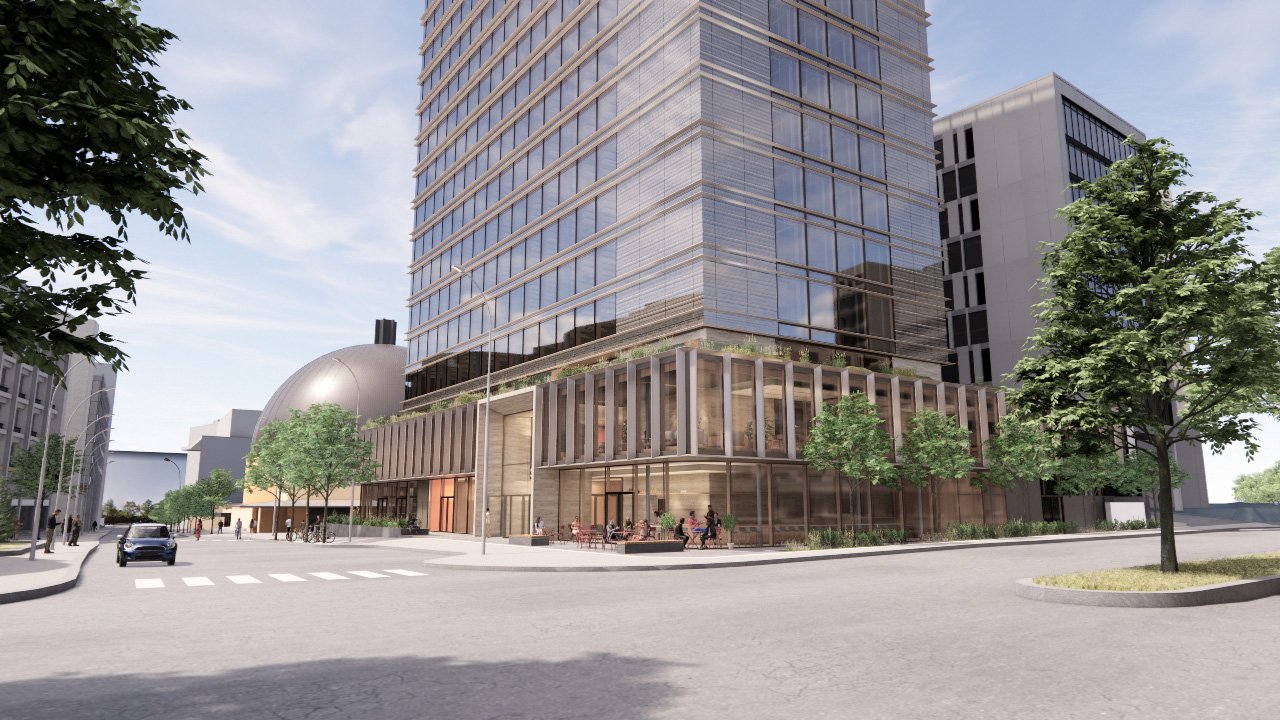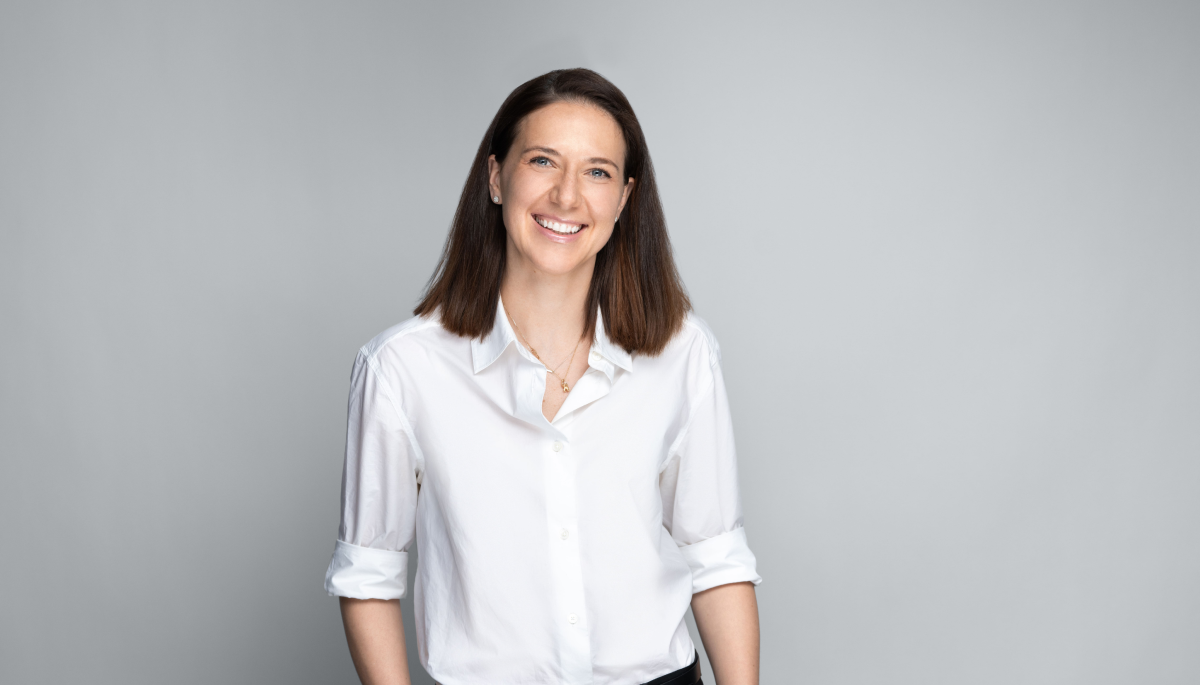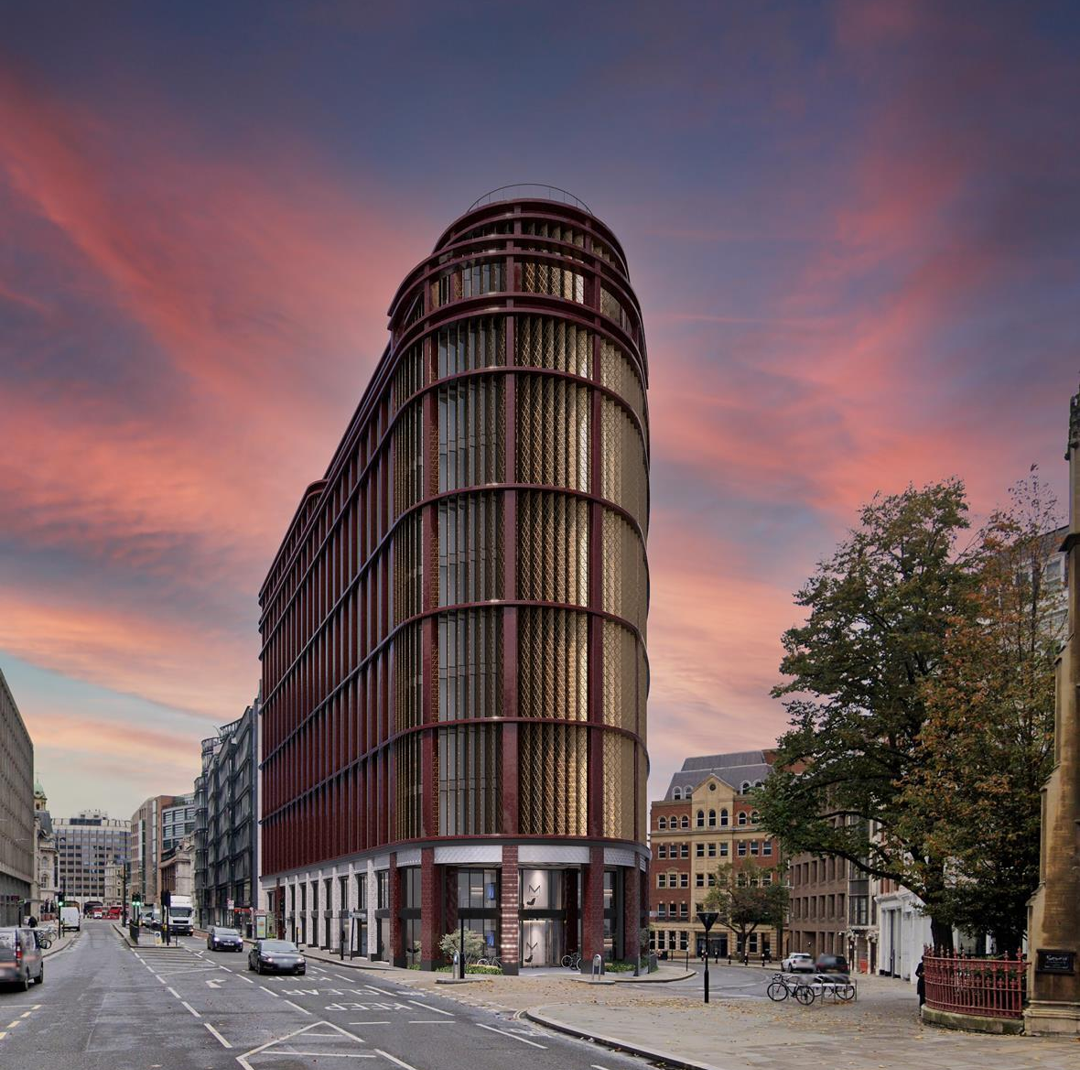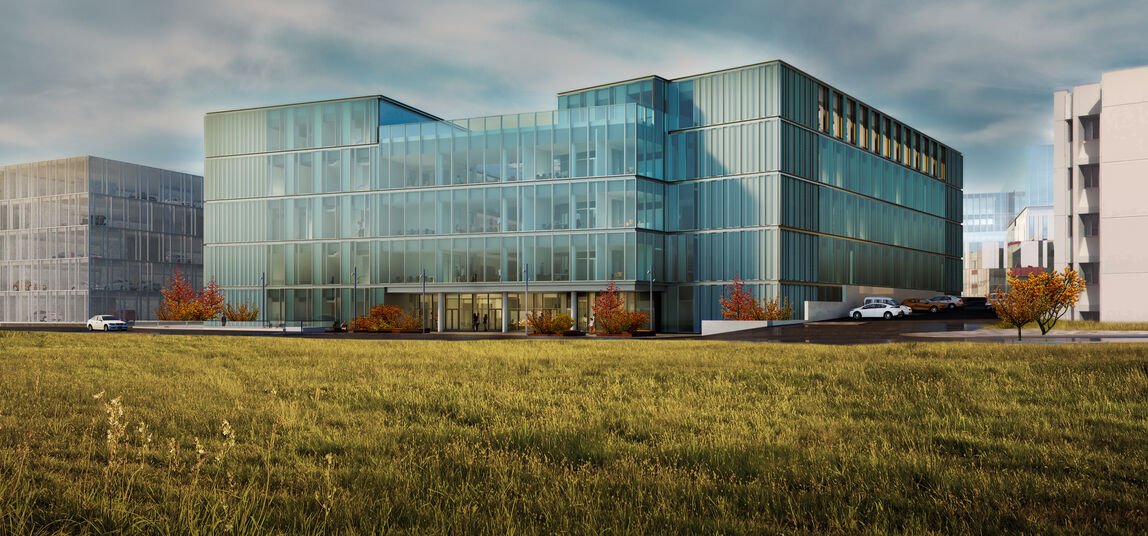Our biobased research project has been selected as one of 4 winners of the ‘Implement Materials’ grant in Denmark. The project is a collaboration between Staticus, architects Schmidt Hammer Lassen, Pilebyg (a Danish willow producer), and the design company MOOW.
Pilefaçade, will explore the potential of Danish willow as a material in facade components, including engineered sections for profiles and boards, offcuts for fibre insulation and architectural sections for rainscreen cladding. The project will investigate the opportunities and obstacles in large scale implementation of this locally-sourced, fast growing, regenerative material.
Implement Materials is part of the Agenda Earth initiative, an initiative run by Arkitektforeningen in collaboration with the Dreyers Fond and Advokatsamfundet, and supported by the Dreyers Fond. In this article, we share details on the scope and ambition of the project, and hear from our Head of Sustainability, Laura Craft, on how this fits into our broader material science exploration.
A long-term focus on biobased materials
Unitised facades contribute significantly to a building’s overall embodied carbon emissions, explains Laura Craft. “Traditional construction uses resource intensive materials, such as aluminium, glass and mineral wool,” she says.
“At Staticus, we work closely with our supply chain to substitute these materials for low carbon, circular alternatives, including high recycled content products and biobased materials,” Laura continues. “We have a long history incorporating timber products into unitised facade systems and our involvement in Pilefaçade marks an exciting step into fast growing, regenerative materials.”
Staticus’ history incorporating timber into unitised facade systems dates back to 2012. Across Scandinavia, where timber is a popular construction material, we have worked closely with architects, engineers and the supply chain to implement timber solutions. In 2021, we built on our expertise and invested in a new Timber Hybrid Unitised Facade (HUF) system, where aluminium mullions and transoms were replaced with glued laminated timber (GLULAM). Together with SINTEF, KTU and OsloMet, and supported by Norway Grants, this project led to the successful installation of the Timber-HUF system on the Textiltorget project in Sweden in 2023.
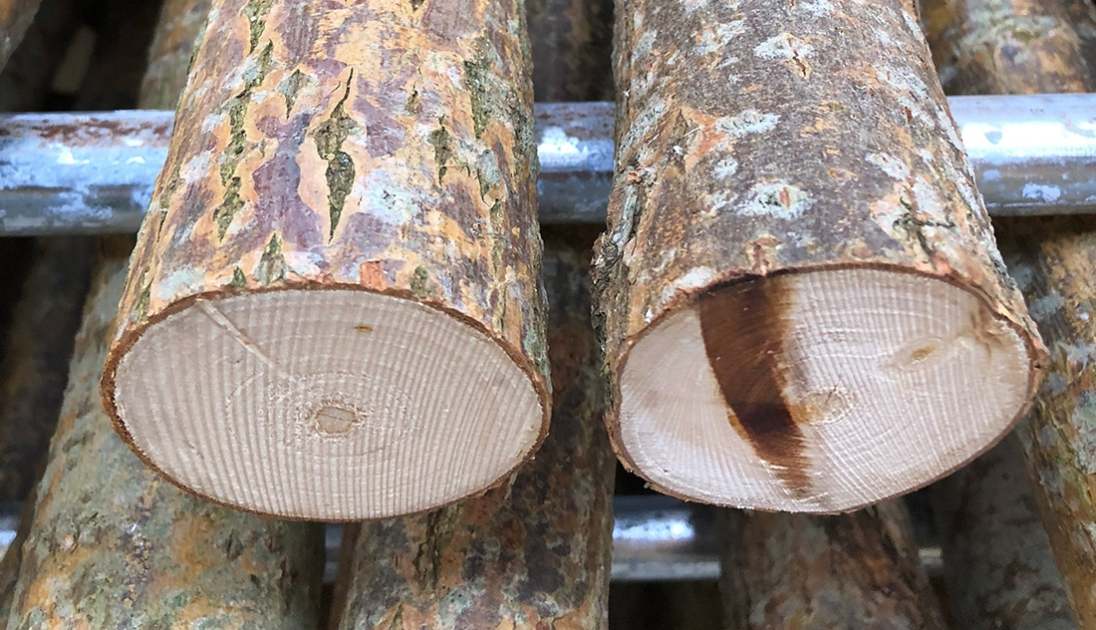
Danish Willow’s unique sustainability advantages
The research project will investigate the use of Piletræ, Danish Willow, as facade components. The key driver for the investigation was the fast-growing nature of the “Bamboo of the North.” While traditional European timbers reach maturity after 20-50 years, Piletræ, is harvestable within 3-5 years of planting. “Danish willow is densely planted and fast-growing,” Laura explains. “Additionally, Danish willow forestry presents significant biodiversity advantages. It sequesters more carbon than traditional timbers, and is known for its phytoremediation (decontamination by living plants) of heavy metals.”
Despite these advantages, the implementation of Danish Willow as an architectural material has been limited, and its potential in façades is a new area for exploration. “There is a need for in-depth research to investigate Danish Willow properties and to assess, test and prototype its application as facade components.”
The Pilefaçade project
Staticus will be working in partnership with Schmidt Hammer Lassen, Pilebyg, and MOOW to investigate a variety of willow-based façade components including:
- Engineered sections manufactured from thick willow sections
- Fibre insulation, manufactured from by-products (sawdust or shavings)
- Fibre boards, also manufactured from by-products
- Cladding elements, manufactured from thinner willow sections.
Staticus’ will lead the technical evaluation of these components and the suitability under specific facade applications. We will evaluate the structural, thermal, hygrothermal, acoustic and fire performance.
Experienced and forward-thinking project partners
We have a long track record of research and innovation in façades. And we know from experience that close partnerships and effective collaboration are essential when developing any new component or technology.
On Pilefaçade, we will be strengthening our long-term partnership with architects Schmidt Hammer Lassen. Together, we have already successfully pushed the boundaries of façade technology in the Nordic region. We partnered on the VIA in Oslo, which featured the first ever use of a Closed Cavity Façade (CCF) system in the region, and on K8 in Stavanger, Norway, which also featured a CCF system. On this research project, Schmidt Hammer Lassen will be responsible for material investigations and design prototyping.
Material supply and component prototyping and mock-ups will be handled by Pilebyg, a supplier of CE-certified Danish willow products for the built environment, and design studio MOOW.
Our role will be to carry out the technical investigations for this research initiative. To achieve this, we will be drawing on our decades of experience developing, producing and testing façades, including timber-based systems.
Steps forward in façade materials
“Implement Materials promises to be an exciting and innovative initiative,” concludes Laura. “One that will support supply chain collaboration to develop alternative low-carbon, locally-sourced, fast-generating facade materials. Alongside our involvement in this project, we will continue to work with partners to develop biobased materials, and further develop our Timber-HUF system.”
These initiatives directly align with our material science ‘must win battle,’ an key objective set out in the Staticus 2024-2027 strategy. The material science ‘must win battle,’ defines our new product development including alternative low-carbon materials, reuse and repurpose and modularity.
“Our ultimate goal in new product development is to develop alternative low-carbon, circular solutions for our facade systems,” says Laura. “Our involvement in the Pilefaçade research project will contribute to delivering this goal.”
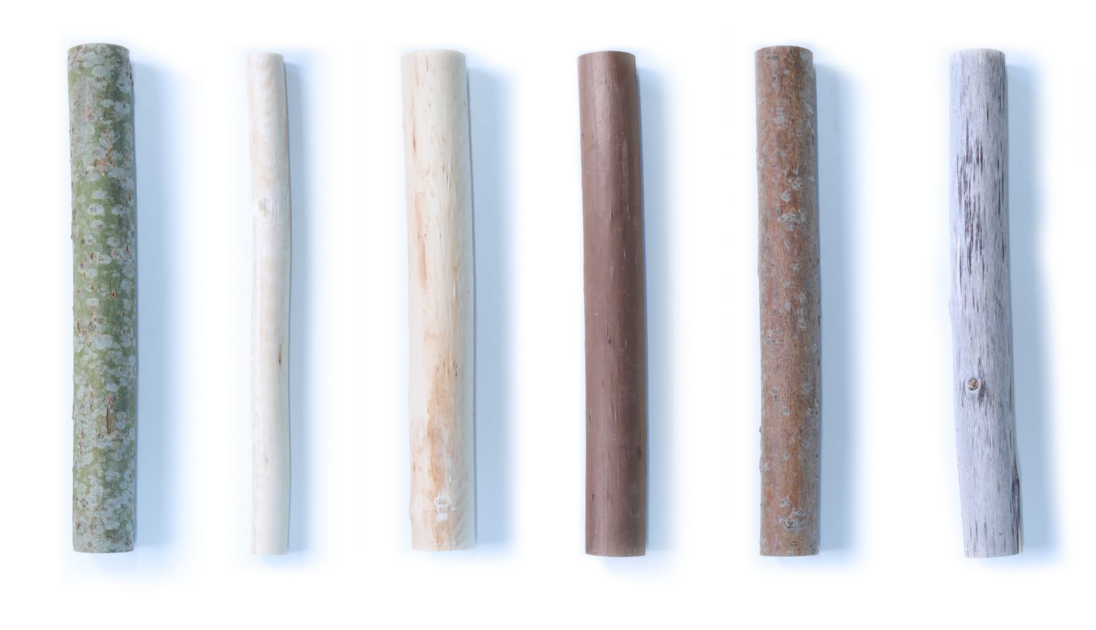
About Implement Materials and the Agenda Earth initiative
Implement Materials is part of the Agenda Earth initiative, an initiative run by Arkitektforeningen in collaboration with the Dreyers Fond and Advokatsamfundet. Implement materials is led by Sidsel Hodge, architect MAA and consultant at The Danish Architects’ Association. For further details, see here.

